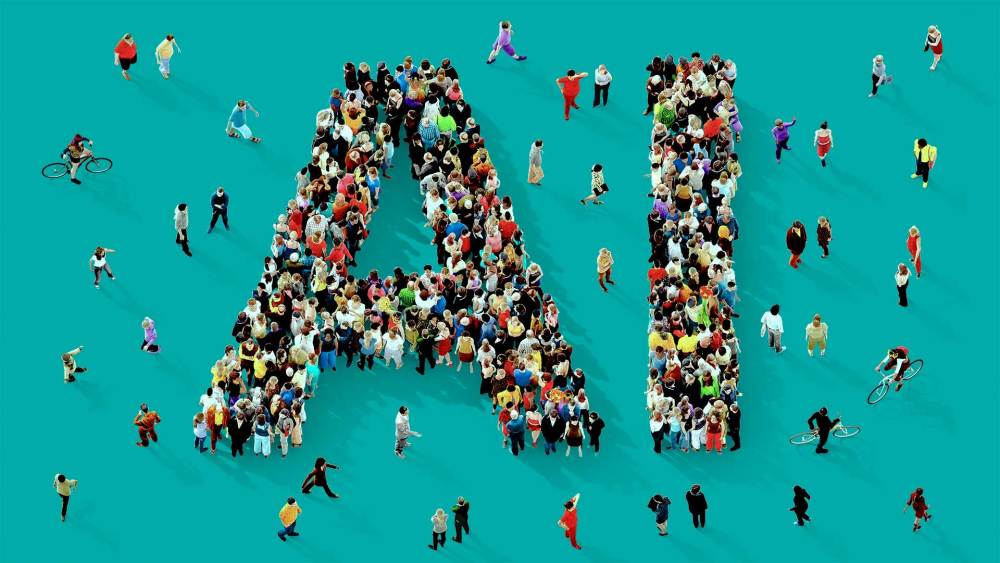Throughout the summer, there was a notable uprising by writers and actors against artificial intelligence outside studio entrances. One protest sign boldly declared, “AI lacks soul,” while another pointedly stated, “ChatGPT is devoid of childhood trauma.”
Despite the initial resistance, the Writers Guild of America and SAG-AFTRA ultimately adopted a well-rounded approach towards AI. These guilds secured safeguards to prevent AI exploitation, ensuring consent and shielding against wage reduction. However, their agreements also permit the utilization of AI tools in both screenplay writing and performance creation.
The outcome has been met with approval from AI companies, as it establishes guidelines for the future advancement of such technologies.
James Yu, the co-founder of Sudowrite, an AI fiction writing tool, expressed contentment with the WGA’s decision, emphasizing the importance of writers having the autonomy to opt for AI assistance.
While the WGA finalized its agreement on Oct. 9, the SAG-AFTRA vote is scheduled to conclude on Dec. 5. Some members are considering voting against the deal due to concerns about AI-generated actors displacing human performers.
Duncan Crabtree-Ireland, SAG-AFTRA’s chief negotiator, reiterated that the union’s objective was never to eliminate AI but rather to view it as a complement to human creativity. He highlighted Flawless as an example, a company utilizing AI for foreign-language dubbing by adjusting lip movements to match translated scripts seamlessly.
Scott Mann, co-founder and co-CEO of Flawless, commended the balanced approach taken, emphasizing the understanding of the delicate balance between technology and human creativity.
NolanAI, a company offering an AI screenwriting tool, lauded the WGA agreement, emphasizing the synergy between humans and technology. Khachatur Gharibyan, the company’s founder and CEO, described the software as a supportive “script buddy” that provides valuable suggestions for scenes and dialogues.
Numerous software companies are now incorporating “AI assistants” into their offerings. While Final Draft, a prominent screenwriting platform, is exploring AI integration possibilities, they are mindful of the potential risks posed to writers’ work by such technology.
Both SAG-AFTRA and the WGA have expressed concerns about members’ work being used to train AI systems, although this issue was not addressed in the agreements. Nevertheless, provisions for regular meetings between studios and unions have been established to monitor technological advancements.
In essence, these agreements mark a significant milestone in Hollywood, defining the acceptable parameters for utilizing AI technology in the industry’s creative processes.






